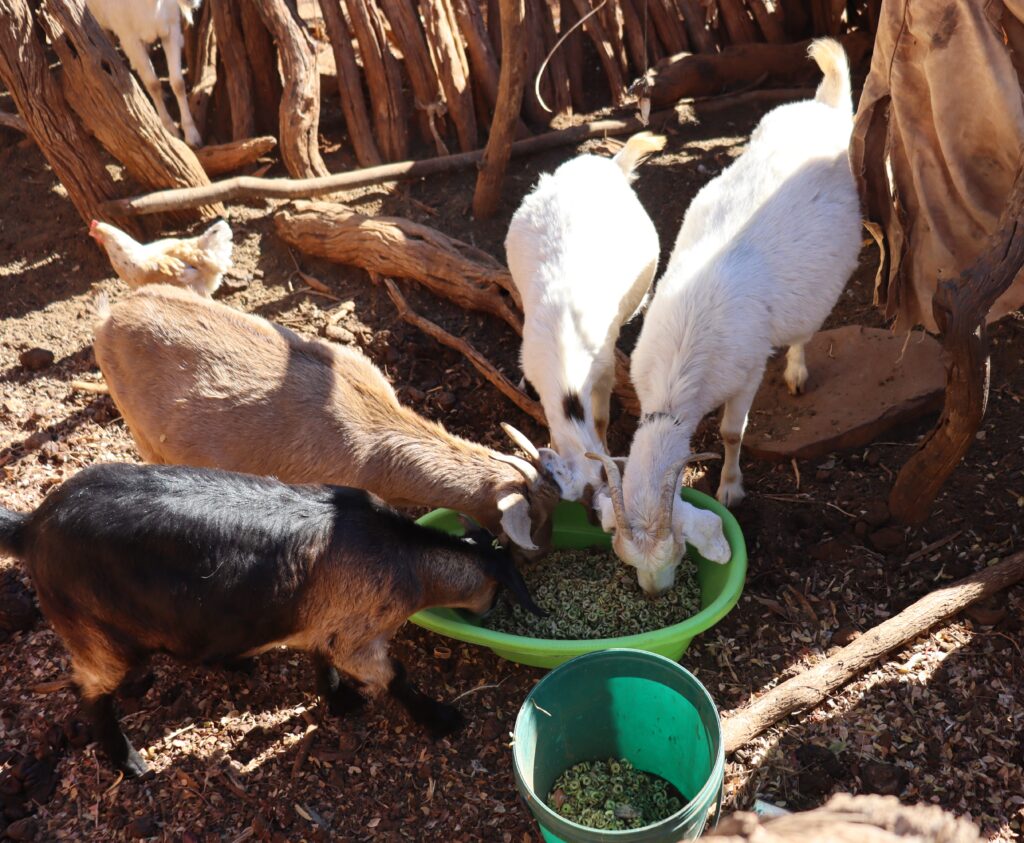
Fodder production uptake by farmers amidst El-Nino induced drought
Zimbabwe, just like other southern African country experienced shifts in temperature and weather patterns in the 2023/24 farming season. For Zimbabwe, the shift was characterised by low rainfall in most parts of the country. Gwanda District which falls under ecological region five, hottest and driest region of the country, is currently experiencing drought thereby exerting pressure on the limited environmental resources that the district has. There is shortage of grazing land, competition for water from livestock and humans and hunger emanating from the low rainfall received.
Livestock rearing primarily contributes to the livelihoods of communities in Gwanda. In as much as most members of the communities have resorted to off -farm activities such as illegal gold mining to earn a living, a notable number of farmers have resorted to producing fodder for their livestock. The communities, with the technical assistance from Brethren In Christ- Compassionate and Development Services (BIC-CDS) have started to produce hay bales and silage bags for their livestock to curb the challenge of the depletion of grazing land. Fodder, hay bales and silage, are made of hay and cereal stalks which are a source of starch for livestock.
Hay is harvested from the veld and the cereal stalks used are from the crops planted in the 2023/24 farming season. Groundnuts and groundnuts, which are a source of protein, are mixed with hay and maize stalks (source of starch). The farmers have also started gathering traditionally known feed for livestock such as locally found Umtshatshatsha/acacia tortilis which is a source of protein.
Women, who were previously excluded from livestock farming as it was deemed to be that of men have been actively participating in the process of fodder production. They have produced mostly haybales which are stacked away from direct sun to be used till the next farming season and were active in collecting umtshatshatsha for their livestock.
Through a monitoring exercise by the BIC-CDS Agricultural Extension Officer, fodder was not being produced by only those who have livestock. In Ward 4 Enyandeni village Shepherd Moyo, a farmer, highlighted that he had no livestock but saw an income generation opportunity. He made haybales so that he could sell to other farmers and be bale to take his children to school. A fodder production club also has been created so that fodder may be produced on a bigger scale with the hope of selling to farmers who are not able to produce and process their own fodder.
This is great work, we need more of these interventions!
Thank you so much